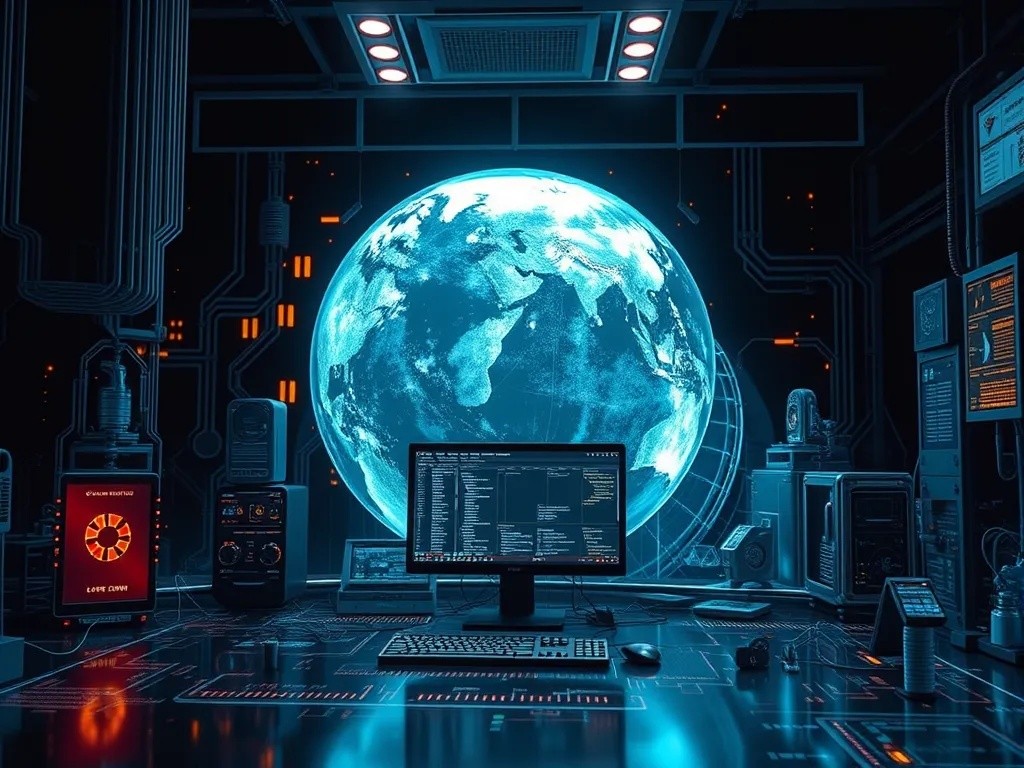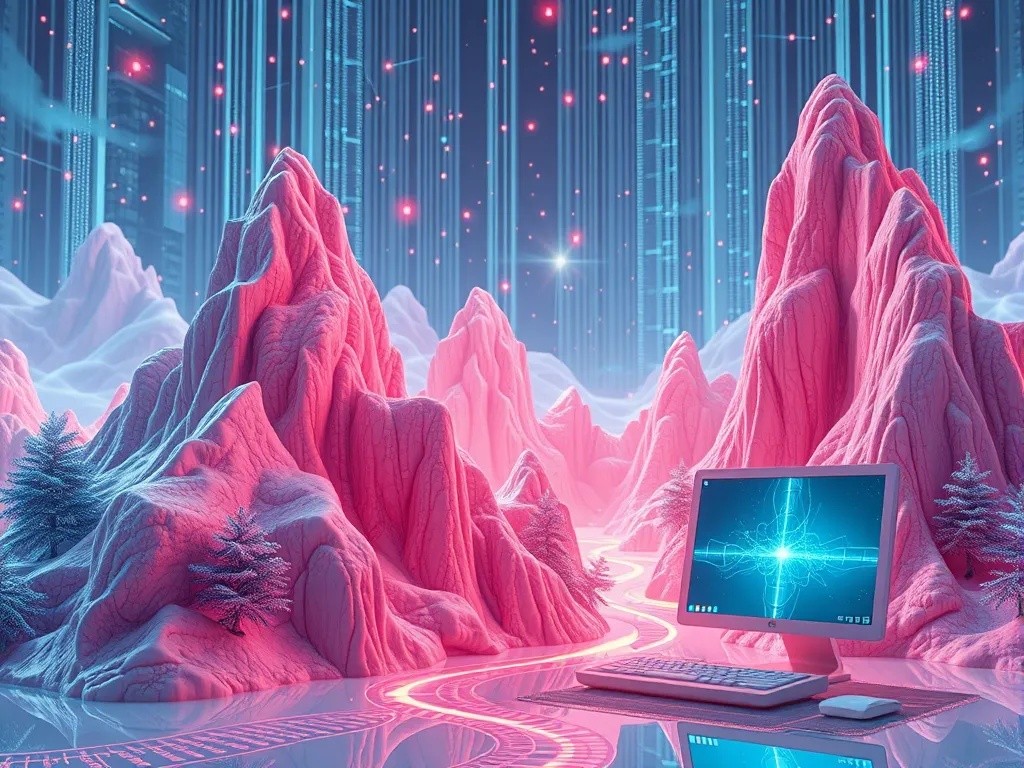In recent years, there has been a significant advancement in the field of Artificial Intelligence (AI) and Augmented Reality (AR). These technologies have become increasingly popular and have the potential to enhance virtual experiences in various fields such as gaming, education, healthcare, and...
Computer Created a Virtual World Indistinguishable from the Real One

In a groundbreaking achievement that blurs the line between digital simulation and physical reality, computer scientists have successfully created virtual environments that are virtually indistinguishable from the real world. This technological milestone represents years of advancement in computational power, artificial intelligence, and sophisticated rendering techniques that have culminated in an unprecedented level of digital realism.
The Technology Behind Perfect Simulation
The creation of photo-realistic virtual worlds relies on several cutting-edge technologies working in harmony. Advanced ray tracing algorithms simulate the behavior of light with extraordinary precision, calculating how photons interact with surfaces, materials, and atmospheric conditions. Machine learning models trained on vast datasets of real-world imagery help generate textures, lighting patterns, and environmental details that mirror natural phenomena.
Key Components of Realistic Virtual Environments
- Real-time global illumination systems that simulate natural lighting conditions
- Physics engines that accurately model gravity, fluid dynamics, and material properties
- AI-driven procedural generation for creating infinite, varied landscapes
- Advanced texture synthesis that produces materials indistinguishable from real surfaces
- Sophisticated particle systems for weather, smoke, and atmospheric effects
Applications and Implications
The implications of achieving perfect virtual reality extend far beyond entertainment and gaming. These hyper-realistic simulations are revolutionizing multiple industries and opening new possibilities for human interaction with digital environments.
Scientific Research and Training
Researchers can now conduct experiments in virtual laboratories that perfectly replicate real-world conditions without the associated costs, risks, or ethical concerns. Medical students practice surgical procedures in virtual operating rooms where every detail, from tissue response to instrument feedback, mirrors actual surgical environments. Climate scientists model complex weather patterns and environmental changes with unprecedented accuracy.
Architecture and Urban Planning
Architects and city planners utilize these realistic virtual worlds to design and test building projects before construction begins. Clients can walk through their future homes or offices, experiencing the space as if it were already built. Urban planners simulate traffic patterns, pedestrian flow, and environmental impact with remarkable precision.

The Philosophical Questions
As virtual worlds become indistinguishable from reality, profound philosophical questions emerge about the nature of experience and perception. If our senses cannot differentiate between simulated and real environments, what constitutes authentic experience? These technological advances force us to reconsider fundamental assumptions about reality, consciousness, and human perception.
Challenges and Concerns
The development of perfect virtual reality also raises significant concerns that society must address:
- Potential for addiction and escapism from real-world responsibilities
- Questions about identity and social interaction in virtual spaces
- Economic disruption as virtual alternatives replace physical experiences
- Privacy and security issues related to detailed behavioral tracking
- The risk of manipulation through indistinguishable false realities
Future Prospects
The achievement of creating virtual worlds indistinguishable from reality marks just the beginning of a new technological era. Future developments may include direct neural interfaces that bypass traditional sensory input, allowing for even more immersive experiences. As computational power continues to grow and artificial intelligence becomes more sophisticated, the boundaries between virtual and physical reality will continue to dissolve.
This breakthrough represents humanity's remarkable ability to recreate and enhance reality through technology. While challenges remain, the potential benefits for education, research, entertainment, and human understanding are immense. As we stand on the threshold of this new digital frontier, we must carefully navigate the opportunities and responsibilities that come with the power to create worlds indistinguishable from our own.



